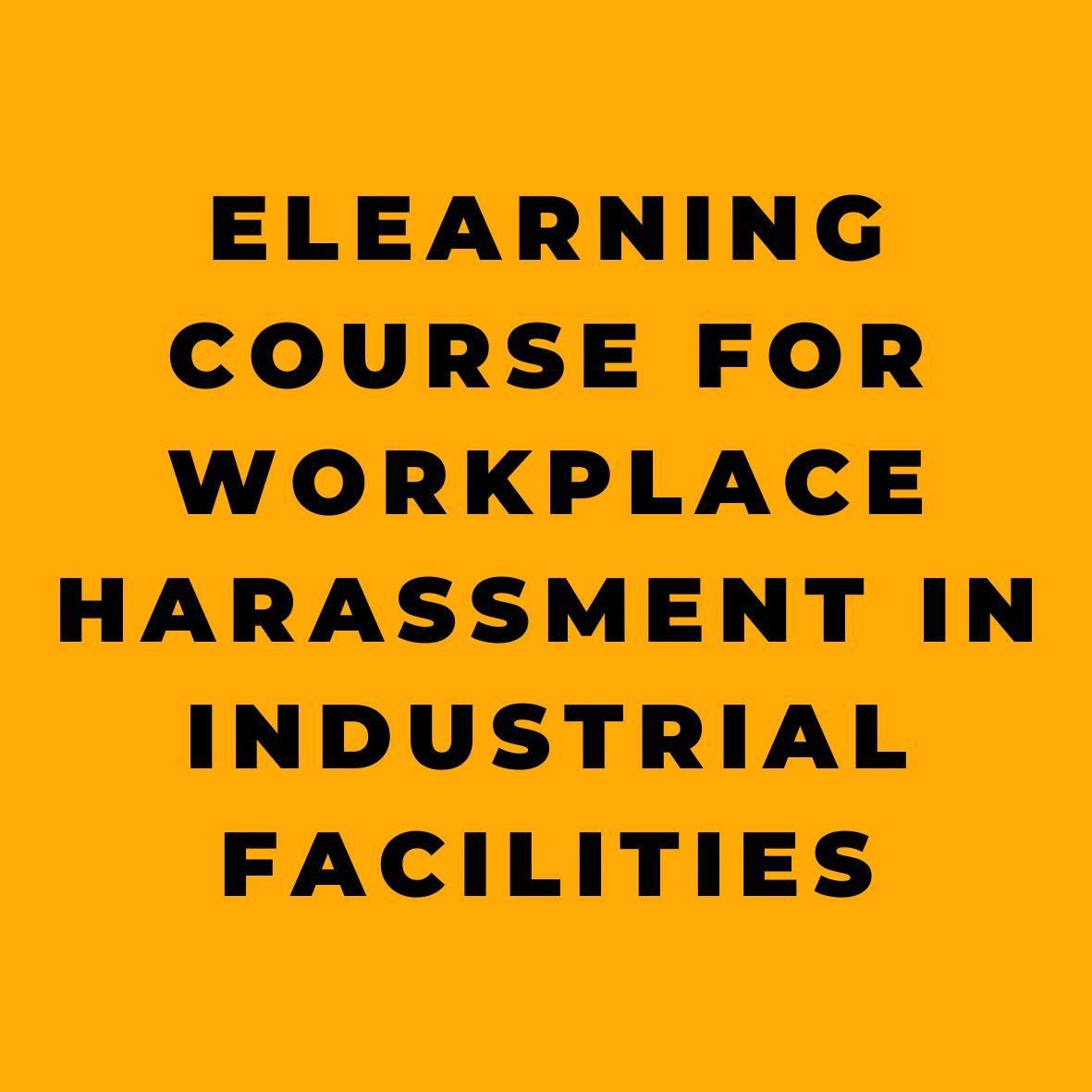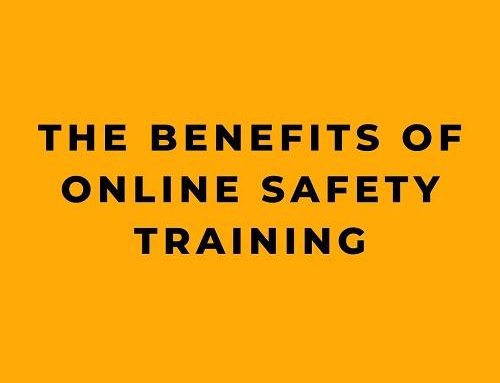As we know, employees have the right to a safe and healthy workplace, and that includes being treated with respect and dignity. Unfortunately, tens of millions of U.S. workers report experiencing some type of harassment at work every year. This offensive behavior is not only bad for people and business, but it’s also illegal.
A day on the job can often pass more pleasantly when workers keep things “light”, by sharing humor, banter, and maybe even a little “horseplay.” But sometimes, an employee’s verbal or physical “jabs” might get too pointed, and a coworker begins to feel more than a little uncomfortable. The “joker” may not know when to back off, or they may not want to, for reasons of their own, or maybe no real reason at all. They keep “needling” their target, pushing buttons, and testing boundaries. This is called “harassment.” It is unwelcome, offensive, and can make a workplace feel hostile and abusive for the victim.
There are many types of harassment, including verbal abuse (things that people say that are hurtful or disturbing to another) and physical abuse (horseplay that can hurt a victim’s body as badly as it hurts their feelings). While much of the harassment that takes place at work is done intentionally, it’s important to remember that it is not always meant to be “harassing.” As you interact with your coworkers, keep in mind that each individual is the judge of what they feel is offensive. Something that doesn’t bother one person may be very hurtful to another.
The impact of harassment on a workplace is not limited to the victim alone. It can create a tense and hostile atmosphere that can affect everyone, even those who are not exposed to the harassment directly. This toxic work environment can damage employee morale and reduce job satisfaction throughout the organization, driving down productivity and directly affecting a company’s business. But that’s still not the whole story, because all too often harassment can escalate into workplace violence, and people can be hurt, even killed.
Workplace harassment is considered to be a type of discrimination, and as such, it is against the law. The 1964 Civil Rights Act made it illegal to discriminate against anyone because of their race, color, religion, sex, or national origin. Other laws have been passed to protect people against discrimination on the basis of age, disability, gender identity, and sexual orientation, and many instances of harassing behavior focus on personal characteristics like these.
There are several types of workplace harassment that involve “discrimination.” Someone who was harassing an older coworker by constantly questioning whether they could work with the company’s “newfangled” computers would be discriminating against them based on their age. Someone might harass a coworker by purposely telling ethnic jokes within earshot, which could be discrimination based on ethnic origin or race. One type of harassment that’s received a lot of attention recently is sexual harassment, which can include any type of sexually-oriented conduct that the victim finds unwelcome or offensive.
Like other forms of harassment, sexual harassment can be devastating for victims and witnesses. It’s critically important to be able to recognize all types of harassment in a workplace and take action to end it. When harassment occurs in a workplace, it can turn the environment hostile not only for its victims but for employees throughout the organization as well. That’s why it’s so important to take action to end workplace harassment whenever it does occur. Experience shows it won’t go away on its own.
Some employees may resist taking action because they don’t want to “get involved,” “be a tattletale” or get anyone “in trouble.”
However, it is important to remember that ignoring workplace harassment can have serious consequences. Harassment can escalate and lead to violence, causing physical and emotional harm to victims, witnesses, and even perpetrators. In some cases, harassment can also result in legal action and financial penalties for the company.
That’s why it’s crucial for companies to take workplace harassment seriously and provide comprehensive training to employees on how to identify, prevent, and respond to harassment. Our “Workplace Harassment in Industrial Facilities” course, part of the General Safety Series, is an excellent resource for companies looking to educate their employees on this critical issue.
The course covers a range of topics related to workplace harassment, including the types of harassment that can occur, the impact of harassment on individuals and the workplace, and the legal consequences of harassment. It also provides practical guidance on how to recognize and respond to harassing behavior, including how to document incidents and report them to management.
One key point that the course emphasizes is that all employees have a responsibility to help their company deal with workplace harassment. By speaking up when they witness harassment and reporting incidents to management, employees can help prevent harassment from escalating and creating a toxic work environment.
Our “Workplace Harassment in Industrial Facilities” course is an essential resource for companies that are committed to creating a safe and respectful workplace for all employees. With its clear and engaging presentation, this course can help employees understand the importance of preventing and responding to workplace harassment and take action to make their workplace a better and more inclusive environment. As we mentioned, all employees have the right to a safe and respectful work environment, free from harassment. Unfortunately, millions of American workers report experiencing some form of harassment every year, which can have detrimental effects on individuals and the company as a whole. That’s why we developed the “Workplace Harassment in Industrial Facilities” product line, which covers a range of topics including what harassment is, how to respond to it, and how to prevent it from escalating into violence.
Let’s dive a little deeper into what this product line offers. From the “Micro-Learning” curriculum to the full-length online courses, DVDs, and interactive CD courses, every product in the line discusses important topics integral to understanding the issue of harassment. These topics include discrimination, sexual harassment, and the law; how to respond to harassment; preventing workplace violence; and dealing with a stalker.
What’s more, the courses are available in both English and Spanish, making it accessible to a wider audience. One of the standout features of the online courses is the use of full-motion HD course filmed in real-life workplace settings and interactive quiz questions to keep employees engaged in the learning process. The courses are designed to be efficient and effective, with remediation training built in if an employee misses a quiz question.
It’s important to note that the training activity is tracked and recorded, making it easy for managers to monitor employee progress. With over 170 courses available in our libraries covering a wide range of safety topics, we are committed to providing high-quality safety and health products to ensure that employees have the knowledge they need to stay safe in the workplace.










